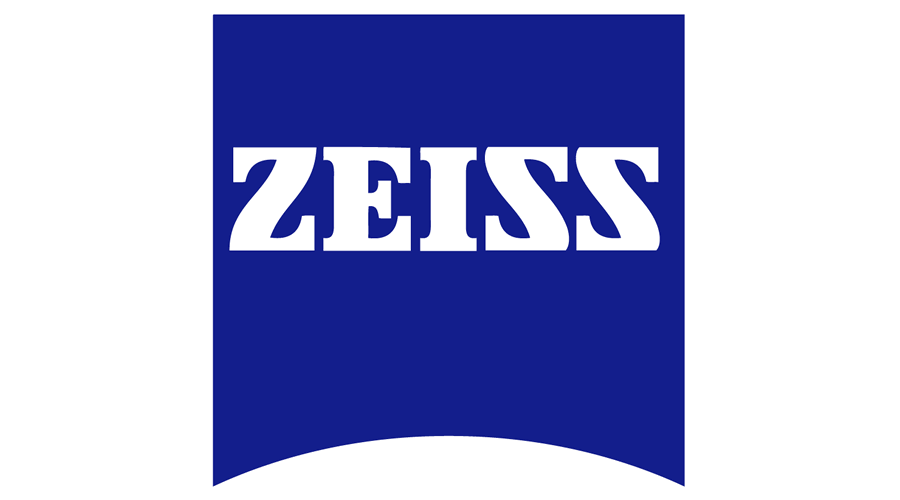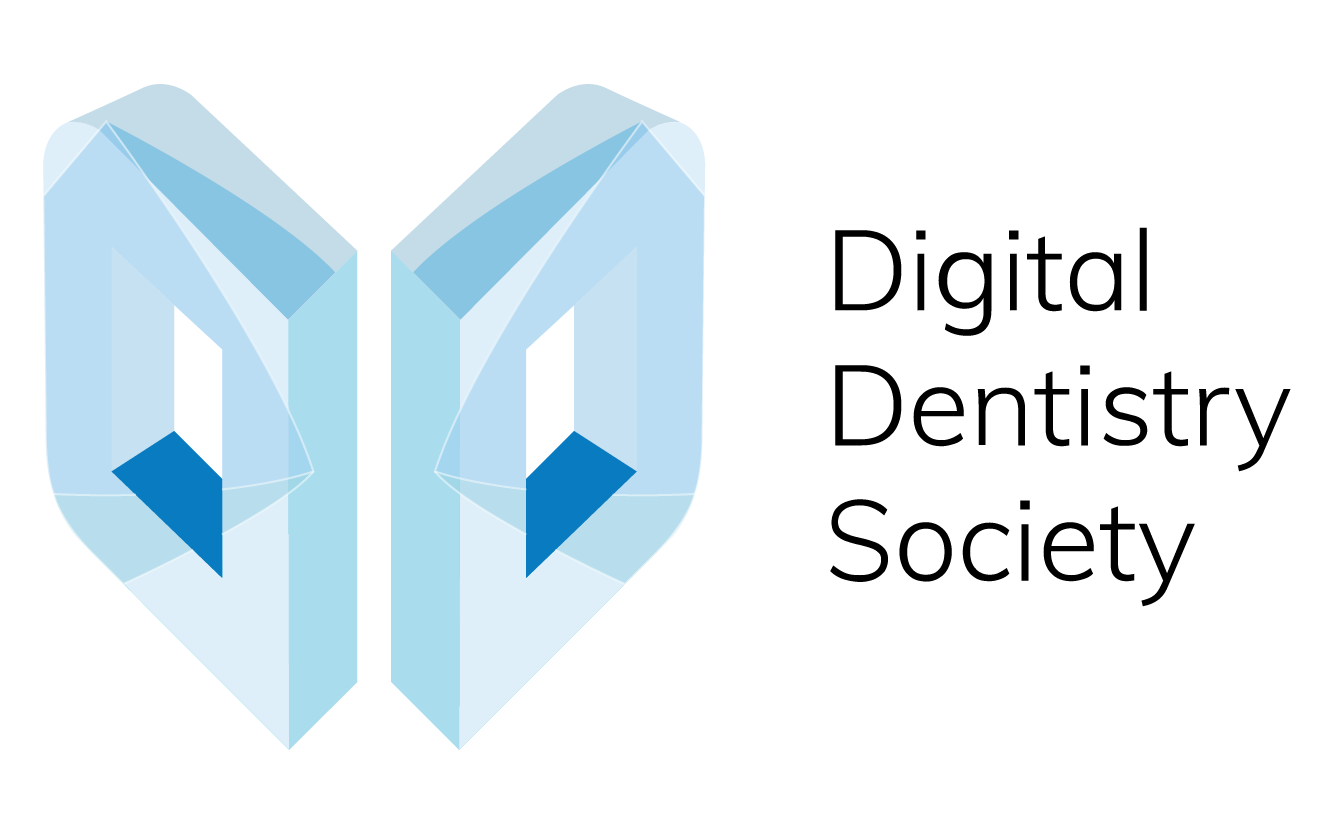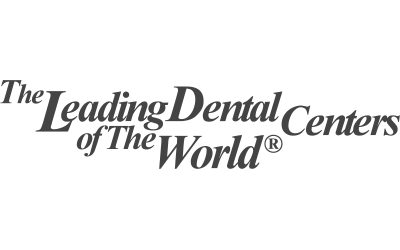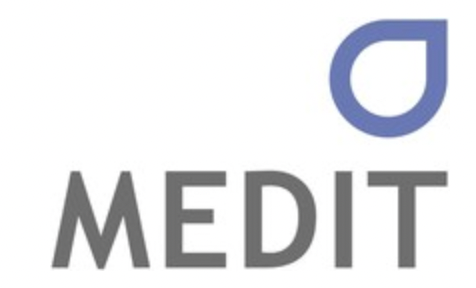The Polizzi Luongo Dental Clinic in Verona offers a modern clinical area with 8 chairs, equipped with a centralized sterilization system. This system ensures the regular provision of sterilized instruments, ready for use after completing the necessary cleaning cycles.
The centralized sterilization system is designed to ensure an optimal flow from the dirty area to the clean area, providing exceptional ergonomics and precise control over the cleaning process of each used instrument. At the Polizzi Luongo Dental Clinic, we adopt rigorous protocols for cleaning instruments and surfaces to ensure maximum protection for both staff and patients.
The sterilization of dental instruments is fundamental to ensuring the safety and health of both patients and dentists. In dentistry, where hygiene and infection prevention are priorities, sterilizing instruments is an essential practice that cannot be overlooked.
For the patient, the sterilization of dental instruments represents a guarantee of safety during treatments. Clean and sterilized instruments reduce the risk of infections and the transmission of contagious diseases, ensuring a safe and hygienic environment during dental visits.
However, the importance of sterilization goes beyond patient safety. For the dentist, sterilizing instruments is also crucial to ensure their own protection and that of the support staff. Using sterilized instruments, dentists reduce the risk of exposure to pathogens and maintain a safe and hygienic working environment.
Moreover, the sterilization of dental instruments is a regulatory and ethical practice in the field of dentistry. Dentists are required to follow strict sterilization and disinfection protocols to comply with health regulations and professional standards.
In summary, the sterilization of dental instruments is a fundamental aspect of modern dental practice. It ensures the safety of patients and staff, reduces the risk of infections and contagious diseases, and guarantees compliance with health regulations and professional standards. Relying on a dentist who adopts strict sterilization protocols is essential for safe, reliable, and high-quality dental care.
Dentists use various sterilization techniques to ensure that the instruments used are free of pathogens and safe for the patient. Here are the main sterilization techniques used:
- Autoclave: The autoclave is a fundamental tool in the sterilization of dental instruments. Using high-pressure steam and temperature, the autoclave can eliminate bacteria, viruses, and other harmful microorganisms present on the instruments. This technique is highly effective and reliable, ensuring complete sterilization of the instruments.
- Chemical Sterilization: Some heat-sensitive dental instruments can be sterilized using disinfectant chemical solutions. This technique is particularly useful for heat-sensitive materials that could be damaged in the autoclave. However, it is important to use only approved disinfectants and follow the instructions carefully to ensure effective sterilization.
- Ultrasound: Ultrasound is used for cleaning and disinfecting dental instruments before sterilization. This technique uses high-frequency sound waves to remove organic residues and debris from the instruments, ensuring more effective sterilization.
- Process Monitoring: Dentists use process monitoring systems to ensure the effectiveness of instrument sterilization. These systems record and monitor the critical parameters of the sterilization process, such as temperature and pressure, to ensure that the instruments have been sterilized correctly and in compliance with safety standards.












